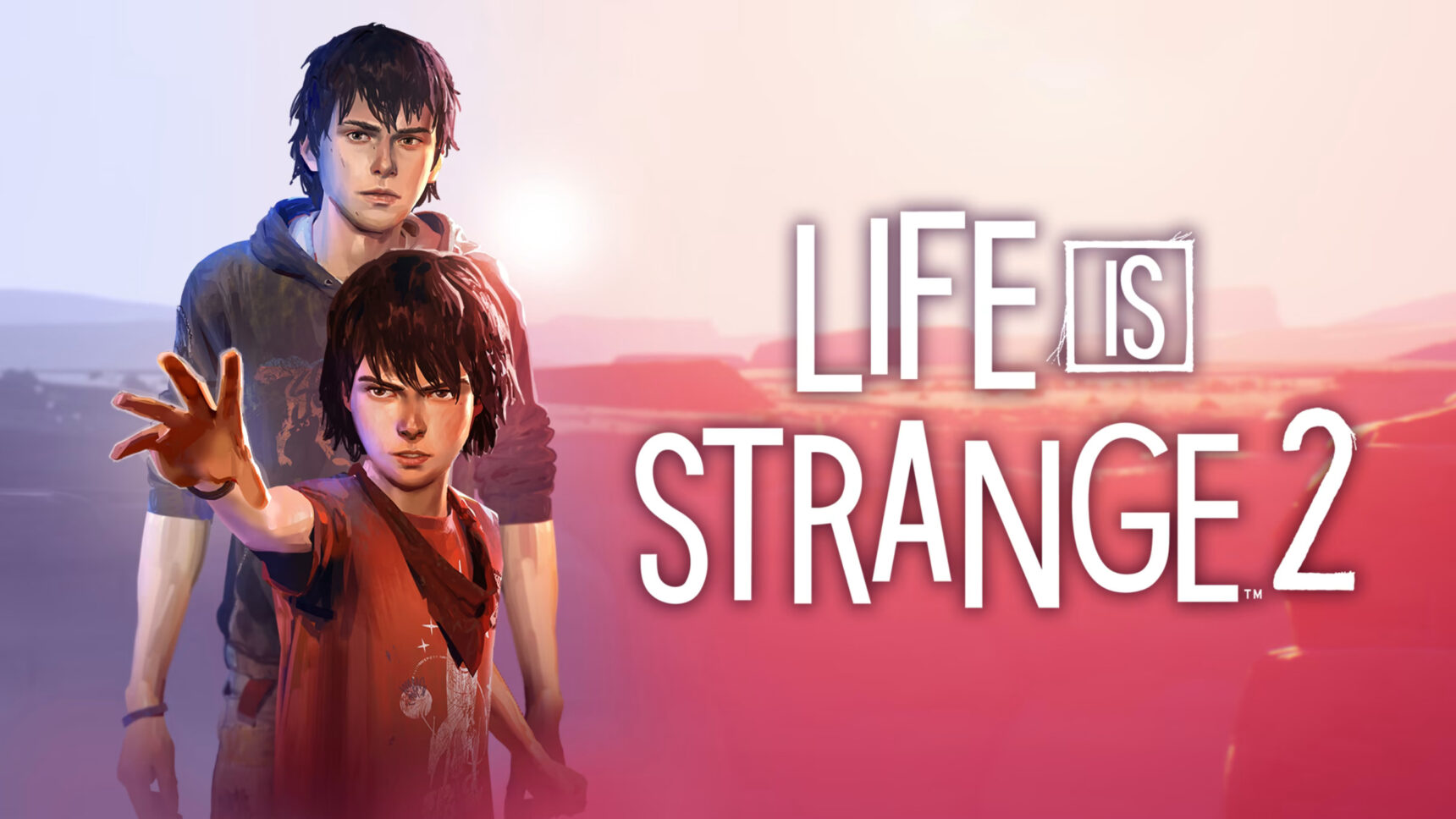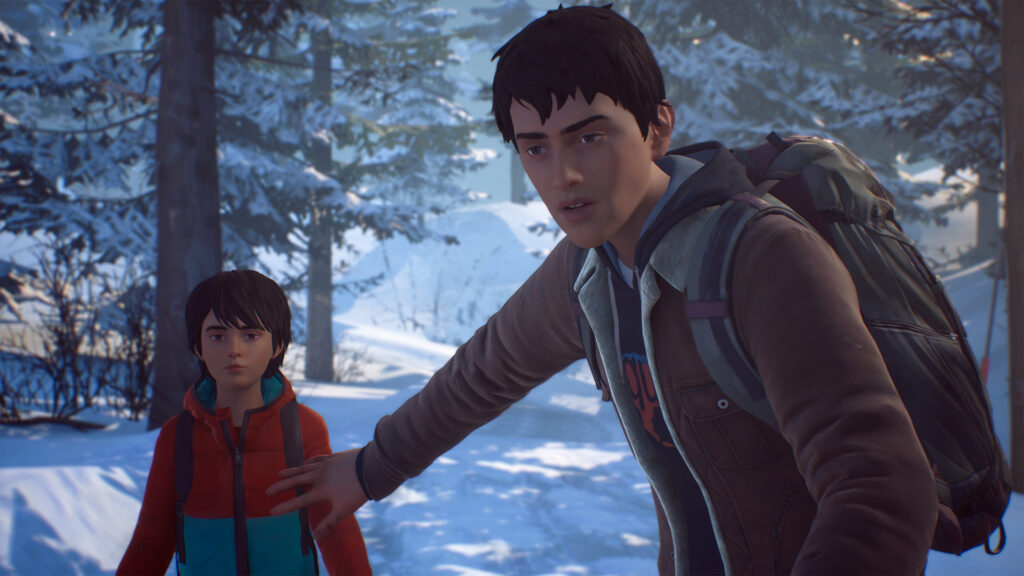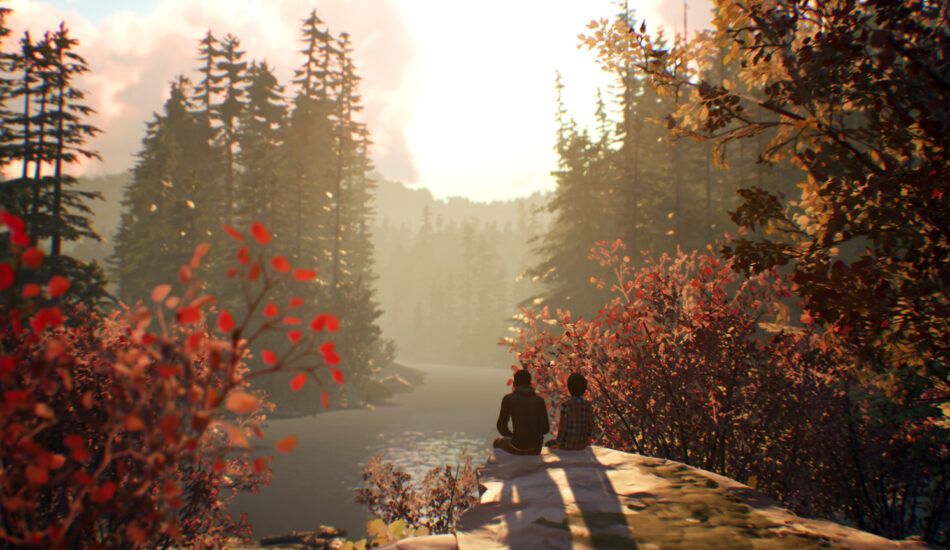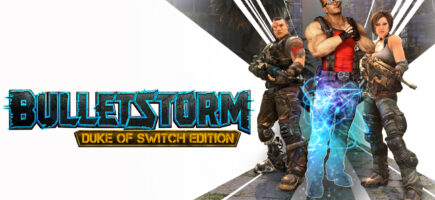Porting Life is Strange 2 to Nintendo Switch and Stadia

The most popular articles
A few years after its official release, Life Is Strange 2 finally came to Nintendo Switch and Stadia in 2023. Room 8 Group helped Square Enix adapt the second ‘mainline’ game of their well-known series to the least powerful game console and Google’s now-defunct cloud platform.
The original version of Dontnod’s Life Is Strange 2—a narrative-driven adventure game with choice-based gameplay—was launched in an episodic release format between September 2018 and December 2019 for Microsoft Windows, PlayStation 4, and Xbox One.
For a while, it didn’t look like Square Enix was going to port the game to Nintendo Switch. In the meantime, they brought Life Is Strange Remastered Collection over to Switch and Stadia, and launched a new game: Life Is Strange: True Colors.
Our team at Room 8 Group helped port True Colors to Switch (see our case study here), making it one of the most impressive ports to Switch. Square Enix appreciated our efforts on that project and asked us to bring our expertise to help port Life Is Strange 2.
The challenge
Our main task: adapt a five-year-old game to Stadia and Nintendo Switch while adhering to project requirements and platform constraints.
What we did
Fine-tuning a game like Life Is Strange 2, which was first released in 2018, presented some challenges. First, it ran on an engine that wasn’t supported by Stadia; second, it had some “expensive” features in terms of performance, for which we had to create a workaround for the Switch.
Risk management
We built a risk map to identify the project’s potential issues and prepare to face them head-on.
Google launched Stadia in 2019. The first episodes of Life Is Strange 2 were released in 2018. So of course, Unreal Engine 4 (UE4) did not support Stadia natively at the time. The lack of support for Stadia turned out to be one of the biggest risks of this project. After all, we didn’t know that in 2022 Google would shut down the service.
We could have adapted Life is Strange 2 to Stadia by modifying UE4 and implementing Linux and Vulkan compatibility to the game, but that would require a significant amount of time and effort; we decided a better option was to upgrade the game to Unreal Engine 4.26, a version that has a fully featured integration with Stadia, resulted in meeting our release milestones ahead of schedule.

Accelerated speed to market
We properly organized our Gitlab repository so developers could commit code to a test branch first and push it to the main branch only after it successfully passed review. We also created a wiki to share information with our team and make sure new people could quickly jump into the project. We worked efficiently during development—for example, Dontnod implemented a custom engine to achieve cinema-quality 3D animation. Given that the conventional way of porting this functionality would not allow us to achieve the desired acceleration in delivery, we optimized our pipeline to decrease the amount of work needed to move the animation to the new platforms.
Initially, Square Enix wanted to ramp up our team gradually to tackle increasing complexity. But because we did a great job organizing and managing our work, they decided to work with a bigger team from the start. We accomplished major milestones ahead of schedule and spent the rest of the time fixing bugs and optimizing performance.
Stadia and Switch game adaptation
Stadia’s cloud-based dev tools made porting to that platform more convenient than to Switch. We could instantly push changes from our quality team into production and were able to work on the project from anywhere.
Compared to Stadia, Switch is a more technically challenging platform when it comes to porting; squeezing good performance out of a Nintendo Switch is not always easy. At the start of our work, we prepared a document with the optimizations we needed to implement to get the target 30fps performance and desired visual quality. Some of these included changes in architecture and custom solutions: for example, we rebuilt the entire lighting engine to keep the dynamic lights in the game. Every object casts its own shadow, making the world more immersive.
Our engineering team integrated automation tools into our delivery pipeline to test the performance of our builds and get to the bottom of why performance is lagging, or why our code was allocating excess memory.
To make sure 30fps was maintained throughout the entire playtime, we ran and profiled our builds on the dev kits at night every time a new build was out. With a report about the current status of the code and the environment available each morning, we solved problems faster.
The outcome
We are thrilled to have successfully brought Life Is Strange 2 to Nintendo Switch and Stadia, fulfilling the expectations of fans who were eagerly anticipating its release. Our long-term collaboration with Square Enix has made this achievement possible.
Here’s a snapshot of what we accomplished:
- Adapted Life Is Strange 2 for Nintendo Switch and Stadia
- Ensured stable framerate
- Upgraded the project to Unreal Engine 4.26 to allow Stadia support
- Accelerated time to market by effectively managing project risks and organizing a proper work process

By partnering with Room 8 Group, Square Enix was able to not only live up to the expectations of its fans waiting for Life Is Strange 2 to come to Nintendo Switch and Stadia but also reach even more players—all with minimal effort, as our team took full ownership of the project and helped accelerate the game’s time-to-market.
What the partner said
“Working with Room 8 Group has been phenomenal. Their team was extremely dedicated to delivering the project to the highest standards even when the world was changing around them and despite all obstacles, they never gave up and absolutely delivered. Room 8 Group developers are one of the most inspiring people I’ve had the pleasure to work with and I would happily work with them again when given the opportunity” – Kay Weatherston, Producer, Square Enix




